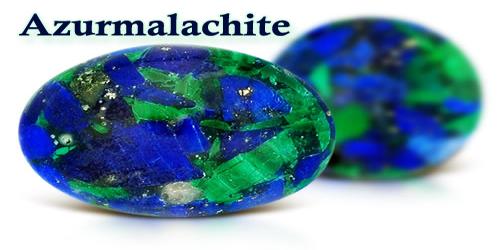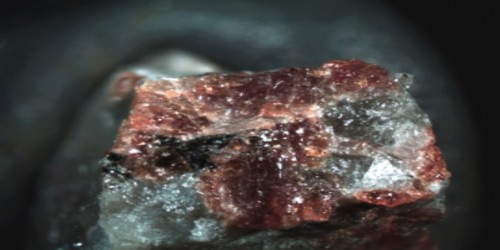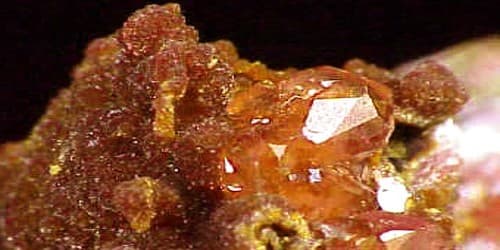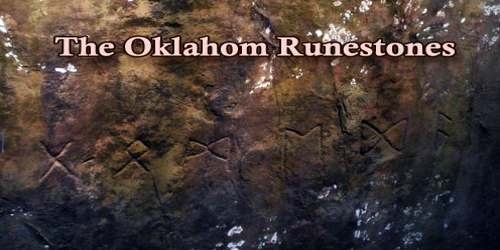Definition –
“Azurmalachite”, also known as ‘Azurite Malachite’ is a combination of two distinct and well-known gemstones: the deep and rich blues of ‘Azurite’ (Cu3(CO3)2(OH)2) and the green shades of ‘Malachite’ (Cu2(CO3)(OH)2). The name ‘Azurite’ is taken from the Persian word lazhward, which means “blue”. ‘Malachite’ is from the Greek word molochitis, which means “mallow plant.”
This stone’s name can also be shortened to ‘Azurmalachite’. It’s often carved into objets d’art and cut into cabochons.
Azurmalachite can be a very attractive material that displays bands, concentric patterns, and irregular mottling in vivid greens and blues. It has one of the most striking color patterns in the entire gemstone marketplace. It can usually be found in the USA, China, Central America, Southeast Asia, and Africa.

Occurrence and Properties of Azurmalachite –
The copper carbonates ‘Azurite’ and ‘Malachite’ are very common worldwide and often occur in tight paragenesis (greek para = next to, side by side). Azurite is unstable. Due to the replacement of some carbon dioxide by water during weathering processes, Azurite changes to Malachite. Mixtures (intergrowths) of both minerals are not uncommon. The commercially most important location is Bisbee, Arizona, USA.
Azurmalachite is a rock that forms at shallow depths in the oxidizing zone above copper deposits. Slightly acidic, copper-bearing waters percolate downwards through fractures and pore spaces in the rock. During their descent they encounter a geochemical environment that allows the precipitation of carbonate minerals, and that is where the azurmalachite forms.
Azurmalachite is a relatively rare material. It forms where the local geochemical environment alternates between the conditions required to form azurite and those required to form malachite. A slice through a piece of azurmalachite reveals this geochemical history in its alternating bands of beautiful green and beautiful blue.
Much of the Azurmalachite that is sold today is mined in the southwestern United States, France, or Namibia. There are no mines developed just to produce azurmalachite; instead, azurmalachite is a byproduct of other mining activities. Small amounts are sometimes found in shallow excavations above where copper minerals will be mined.
The combination of Azurite and Malachite creates a mineral which is known to exhibit the properties of each stone, and a few additional ones that come uniquely from this synthesis.
Azurmalachite is relatively easy to identify by observing a few properties: 1) azurite and malachite have spectacular green and blue colors that are seen in very few other minerals; 2) both minerals contain significant amounts of copper, which gives them a specific gravity (3.6 to 4.0) that is much higher than the average rock; 3) both minerals are very soft (3.5 to 4 on the Mohs hardness scale); 4) both minerals have perfect cleavage in one direction; and, 5) both minerals react with obvious effervescence in contact with dilute hydrochloric acid.
Untreated Azurmalachite is very susceptible to pressure and, due the somewhat porous surface, acids and brines.
However, in the gem trade (not the mineral trade) untreated Azurmalachite is not to be encountered. Almost always the material is treated (stabilized) with synthetic resins to improve its properties.
Uses of Azurmalachite –
‘Azurmalachite’ is quite a soft stone that can be damaged quite easily. It’s sensitive to heat and sun bleaching. Make sure that people store it in a cool and dark place and separate from other pieces of jewelry.
Azurmalachite (Azurite Malachite) is very beautiful and can thus be used to make spectacular jewelry and small ornamental items. It is a soft material that scratches easily. It also has perfect cleavage in one direction and lacks toughness. For these reasons, azurmalachite is best used in jewelry items, such as earrings, pins, and pendants, and other items that will receive very little impact or abrasion.
Azurite Malachite blends two favorite color palettes, green and blue, which makes it a fairly common gemstone in both women and men’s jewelry designs. This means that it’s also a good stone to make into transitional jewelry pieces. They’re casual enough for everyday wear and elegant enough for evening gatherings. The lovely combination of green and blue makes it a popular stone to use as a cabochon or smooth beads.
Unfortunately, azurmalachite does not make a good ring stone. It will quickly show abrasions if it is worn daily and can break from even a slight impact. For these same reasons, it is a poor choice for use in bracelets or for making beads. Some azurmalachite is treated to improve its durability. The material is porous and can be impregnated with resin. The resin hardens the surface of the stone and makes it less vulnerable to being scratched or being broken.
Information Sources:
















